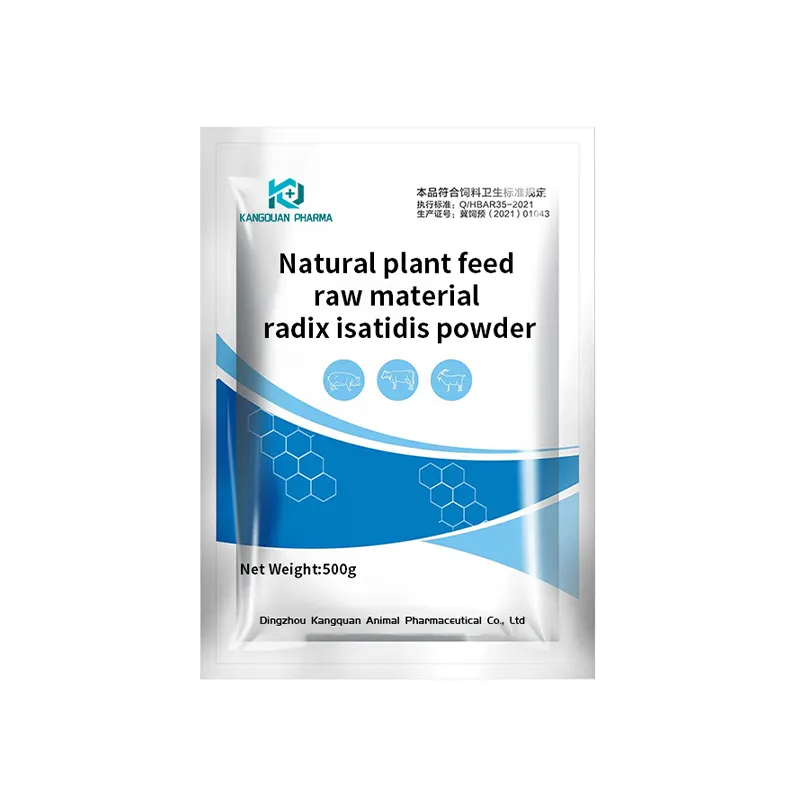- Afrikaans
- Albanian
- Amharic
- Arabic
- Armenian
- Azerbaijani
- Basque
- Belarusian
- Bengali
- Bosnian
- Bulgarian
- Catalan
- Cebuano
- Corsican
- Croatian
- Czech
- Danish
- Dutch
- English
- Esperanto
- Estonian
- Finnish
- French
- Frisian
- Galician
- Georgian
- German
- Greek
- Gujarati
- Haitian Creole
- hausa
- hawaiian
- Hebrew
- Hindi
- Miao
- Hungarian
- Icelandic
- igbo
- Indonesian
- irish
- Italian
- Japanese
- Javanese
- Kannada
- kazakh
- Khmer
- Rwandese
- Korean
- Kurdish
- Kyrgyz
- Lao
- Latin
- Latvian
- Lithuanian
- Luxembourgish
- Macedonian
- Malgashi
- Malay
- Malayalam
- Maltese
- Maori
- Marathi
- Mongolian
- Myanmar
- Nepali
- Norwegian
- Norwegian
- Occitan
- Pashto
- Persian
- Polish
- Portuguese
- Punjabi
- Romanian
- Russian
- Samoan
- Scottish Gaelic
- Serbian
- Sesotho
- Shona
- Sindhi
- Sinhala
- Slovak
- Slovenian
- Somali
- Spanish
- Sundanese
- Swahili
- Swedish
- Tagalog
- Tajik
- Tamil
- Tatar
- Telugu
- Thai
- Turkish
- Turkmen
- Ukrainian
- Urdu
- Uighur
- Uzbek
- Vietnamese
- Welsh
- Bantu
- Yiddish
- Yoruba
- Zulu
10 月 . 21, 2024 16:45 Back to list
Exploring the Applications of Injectable Enrofloxacin in Veterinary Medicine
Injectable Enrofloxacin An Overview
Enrofloxacin is a broad-spectrum fluoroquinolone antibiotic that is widely utilized in veterinary medicine. Famous for its effectiveness against a variety of bacterial infections, enrofloxacin has become a vital therapeutic tool for treating infectious diseases in animals. This article aims to explore the significance, mechanism of action, indications, dosage, potential side effects, and considerations regarding the use of injectable enrofloxacin.
Mechanism of Action
Enrofloxacin works by inhibiting bacterial DNA gyrase and topoisomerase IV, enzymes essential for DNA replication and transcription in bacteria. By blocking these enzymes, enrofloxacin prevents the bacteria from replicating and repairing their DNA, effectively leading to cell death. The drug is bactericidal and has a broad spectrum of activity against both gram-positive and gram-negative bacteria, making it suitable for treating various infections.
Indications
Injectable enrofloxacin is primarily indicated for the treatment of bacterial infections in various animal species, including dogs, cats, cattle, swine, and horses. Common conditions treated with enrofloxacin include
- Respiratory infections Effective against common pathogens in respiratory diseases. - Urinary tract infections Particularly useful for treating complicated infections. - Skin and soft tissue infections Helpful in addressing wounds and abscesses infected by bacteria. - Gastrointestinal infections Used in some cases of bacterial enteritis.
The versatility of enrofloxacin allows veterinarians to utilize it in both acute and chronic infections, making it a staple in veterinary practice.
Dosage and Administration
The dosage of injectable enrofloxacin can vary based on the species, weight, and severity of the infection being treated. Generally, for dogs and cats, the typical dosage ranges from 5 to 20 mg per kg of body weight, administered once daily either subcutaneously or intravenously. For large animals, such as cattle and swine, dosages may vary with the specific guidelines provided by the manufacturer or veterinary practitioner. It is crucial to adhere to the recommended dosages to minimize the risk of resistance development and side effects.
injectable enrofloxacin

Potential Side Effects
While enrofloxacin is generally well-tolerated, it is not without potential side effects. Some of the common side effects include
- Gastrointestinal disturbances Such as vomiting or diarrhea. - Neurological effects Including lethargy, seizures, or behavioral changes, notably seen in young, growing animals. - Cartilage damage Particularly in juvenile animals, enrofloxacin can affect cartilage development, which necessitates careful consideration before prescribing it to young or growing animals.
Due to these potential side effects, enrofloxacin should be used judiciously and only under veterinary supervision.
Considerations
When considering the use of injectable enrofloxacin, veterinarians must evaluate the specific health status of the animal, any underlying conditions, and concurrent medications. Furthermore, while enrofloxacin is effective, the concern for antibiotic resistance necessitates the need for proper diagnostics to ensure that it is the most effective drug for the specific infection.
Veterinarians must also educate pet owners about the importance of completing the entire course of antibiotics and scheduling follow-up appointments to monitor the animal’s progress. This fosters responsible antibiotic use and helps mitigate the risk of resistance development.
Conclusion
Injectable enrofloxacin is a crucial tool in veterinary medicine, offering broad-spectrum efficacy against various bacterial infections. Its mechanism of action, combined with its versatility in treating different conditions, underscores its significant role in animal healthcare. However, responsible use, awareness of potential side effects, and adherence to prescribed dosages are paramount to ensuring the well-being of the animal and the efficacy of the treatment. As with any antibiotic use, vigilance in monitoring outcomes and bacterial susceptibility testing can enhance treatment success and help combat the growing concern of antibiotic resistance.
-
The Power of Radix Isatidis Extract for Your Health and Wellness
NewsOct.29,2024
-
Neomycin Sulfate Soluble Powder: A Versatile Solution for Pet Health
NewsOct.29,2024
-
Lincomycin Hydrochloride Soluble Powder – The Essential Solution
NewsOct.29,2024
-
Garamycin Gentamicin Sulfate for Effective Infection Control
NewsOct.29,2024
-
Doxycycline Hyclate Soluble Powder: Your Antibiotic Needs
NewsOct.29,2024
-
Tilmicosin Premix: The Ultimate Solution for Poultry Health
NewsOct.29,2024













